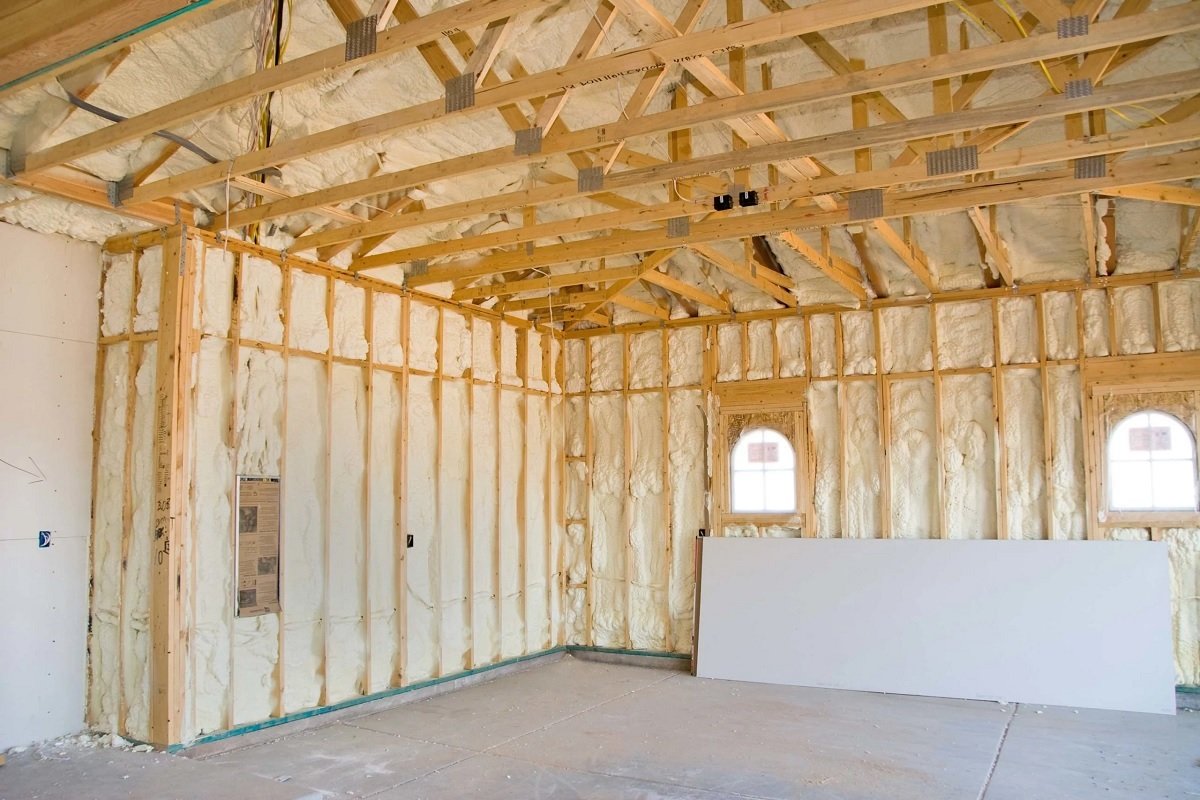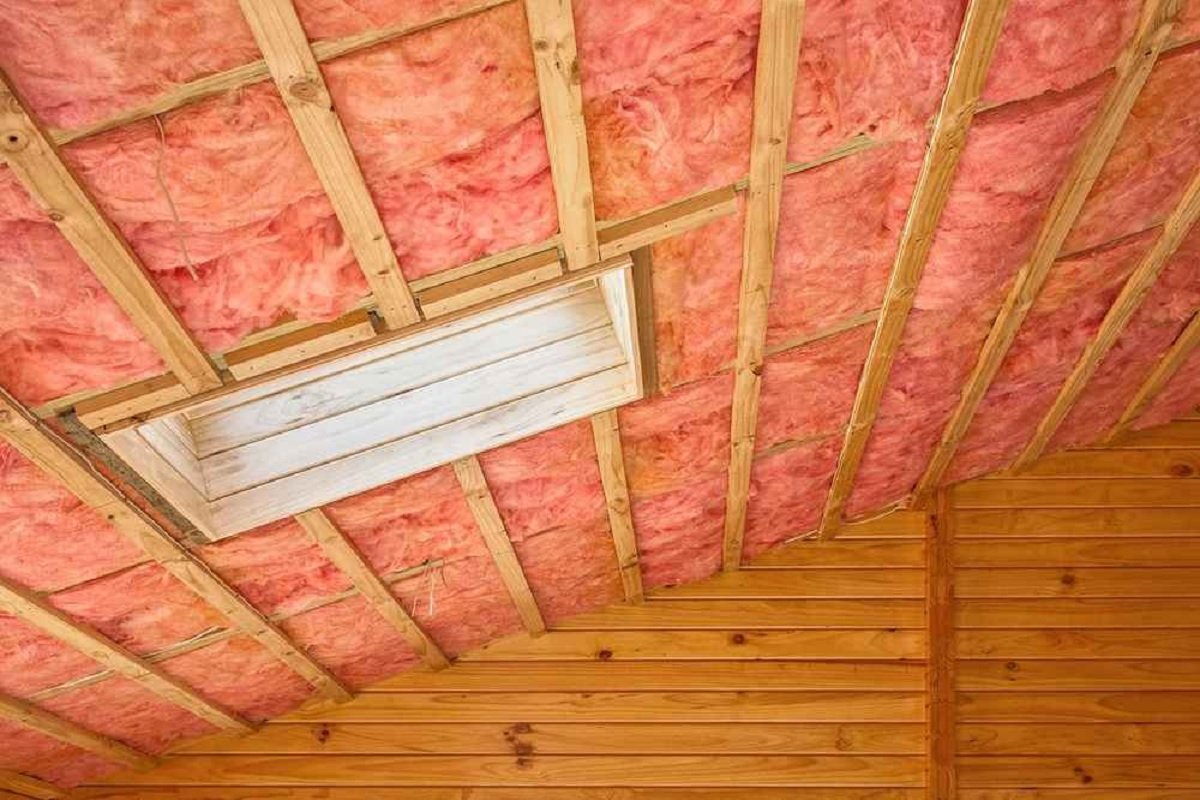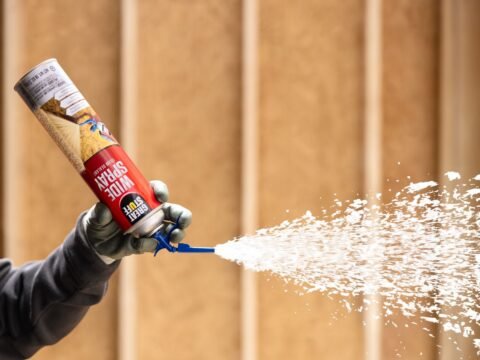
Locations That Require Spray Foam Insulation
December 9, 2022
When Should You Replace Your Insulation?
December 19, 2022A lot of homes have an extra room over the garage. These additional rooms increase the value of your home’s square footage without expanding your garden. They work well for homes on smaller lots. They can get used to various things, such as an office or guest room, a space for amusement or relaxation, or a playground for kids.
Despite the many possibilities for this space, there are some limitations. The garage’s rooms can be difficult to cool and heat due to the nature of their location. Many owners complain that their rooms are becoming too hot or cold. It prevents them from using their bonus rooms and renders their bonus space ineffective.
Suppose you want a consistently pleasant temperature indoors in the bonus space. In that case, you must protect the room, adjacent rooms, and even the garage. The mean or warm temperatures from your garage and adjacent rooms leak into the bonus space and make it hard to maintain a particular temperature. These excessively cold or hot bonus rooms are usually the result of inadequate insulation.
Garage Insulation
Many homeowners leave their unheated garages uninsulated. It is okay because they’re not required to keep the temperature inside the garage. When you’ve got an insulated bonus space, it becomes essential even if there’s no need for warming your garage. Your HVAC system will work twice as hard to heat or cool your extra room since the air from your garage can be forced into the ceiling.
The spray foam material gets considered to be the most effective kind of insulation material. In addition to offering the best thermal resistance value, the insulating material forms a solid wall that prevents moisture and air gaps.
The disadvantage of spray foam insulation is the cost. It’s an expensive way to insulate an unheated garage. It might be a sensible option if you use your garage as a permanent residence, such as a home office or guest room.
Garage Ceiling Insulation
Suppose your bonus space needs to be more relaxed or hot enough, even having an insulated garage. In that case, your garage’s ceiling insulation may require a new upgrade.
Many building firms use fiberglass batts to insulate the ceilings of their garages. These create gaps between them where air can move through. If your garage gets equipped with the fiberglass batts insulation, we suggest changing it with spray foam. Spray foam covers the entire ceiling’s gravity and seals off any gaps which allow airflow.
To save money for spray foam insulation, you can put it in within the gaps between fiberglass batts that are in place instead of pulling them all away and replacing them.
Because you’ll need to remove the ceiling drywall and replace it after installing the spray foam, be sure to work with a qualified contractor when updating the insulation in your garage ceiling.
Bonus Room Insulation
The garage’s upper level requires proper insulation, too. In insulating bonus rooms, you should concentrate on three distinct areas, the floor, the walls surrounding it, and the knee wall.
Floor Insulation
Be extra careful about the floor insulation in your bonus room, mainly if it’s not feasible to insulate your garage ceiling using spray foam. Floor insulation is typically less dense than ceiling insulation. However, it is less expensive to install and offers nearly the same resistance to heat.
The floor in your bonus room has three layers: the completed top layer, the bottom structural layer, and the middle layer, which acts as insulation. The latter gets positioned beneath the flooring, in between the joists. In contrast to floor insulation, the underlayment for insulation is different. It is an additional layer of material put down below your flooring.
The insulating underlayment helps soundproof the extra room. It creates a smoother flooring surface, which solves the subfloor’s unevenness because it is layered directly beneath the finished floor. The underlayment may also protect against moisture based on the type of material that gets used.
Various underlayment products get made from materials with exceptional insulating properties, such as silicone, polyurethane foam, and fiberglass. These materials provide different insulation qualities, an underfoot feel, and soundproofing capabilities.
While underlayment isn’t tricky to install, you must remove and reinstall the flooring you have installed. It is best to engage professionals to do the work for you.
Exterior Wall Insulation
You can insulate the exterior walls of the bonus space as you would for any other room in your house. The purpose is to decrease how much heat the wall loses and generates.
An exterior wall’s most efficient insulation method is to place the insulation in the interior part of the wall. Traditional fiberglass batts will suffice. However, you should get spray foam insulation if you live somewhere with hot summers and chilly winters.
Be sure to cover the batts as much as you can. The insulation should be snugly fitted from top to bottom of the wall to block all possible pathways for heat transfer. You can cut tiny sections from the batts and place them into the crevices and corners on the wall, like around doors, windows, and vents, to ensure that the insulation is robust.
After installing the fiberglass batts, you can apply a seamless barrier over the wall to shield the wall from moisture issues. The drywall can get put up immediately afterward.
Knee Wall Insulation
Many homeowners fail to cover their attic knee walls with insulation, which can result in an uncomfortably hot or cold bonus room. The knee walls are the shorter walls located beneath the high ceilings, with slopes separating the bonus space from the attic spaces over the garage.
Suppose they are not insulated and exposed to the elements. In that case, knee walls can be prone to absorbing heat from the air or venting conditioned heat into the outside atmosphere through the attic. It not only makes your living space uncomfortable, but it can also lead to an increase in expenditure on energy and consumption.
A more straightforward method for installing knee wall insulation is to insulate the ceiling that slopes. The insulation should extend from the bird’s mouth joint and the triangular joint located at the foot of the roof joist until the top is flat over the second floor. This way, you don’t need to insulate the knee wall.
Insulation of the Space Above the Garage
The task of insulating the space above your garage could be difficult as it is likely that you will need to remove the flooring and drywall. Making this change, however, could help you save money over the long term.
A bonus room that needs to be well-insulated is a significant cost-saving. Furthermore, it consumes energy from absorbing cool or hot air from outside air, which forces the HVAC unit to be twice as efficient in keeping the temperature you desire. Being in is uncomfortable, and you’ll not get the most value from the building.
613 Spray Foam is an insulation expert based in Ottawa. We offer a broad range of insulation solutions for various areas of your home, including your attic, garage, and bonus rooms. Call us at (613) 319-8422 or email us at info@613sprayfoam.ca for more details.




